Binh Phuoc is the gateway and bridge connecting the Central Highlands with the Mekong Delta and Cambodia. This province is located in the key economic region of the South, bordering Lam Dong and Dak Nong provinces to the east, Tay Ninh to the west, Binh Duong and Dong Nai to the south, and Cambodia to the north and northwest.
Binh Phuoc's climate is divided into two distinct seasons, the rainy season from May to October and the dry season from November to April of the following year. Binh Phuoc is most beautiful in spring, from around the end of December to January of the following year. At this time, the weather is bright and sunny, the rubber forests turn orange-yellow. Interspersed among the yellow of the rubber forests are colorful cashew gardens. In March and early April, the coffee flowers begin to bloom white.
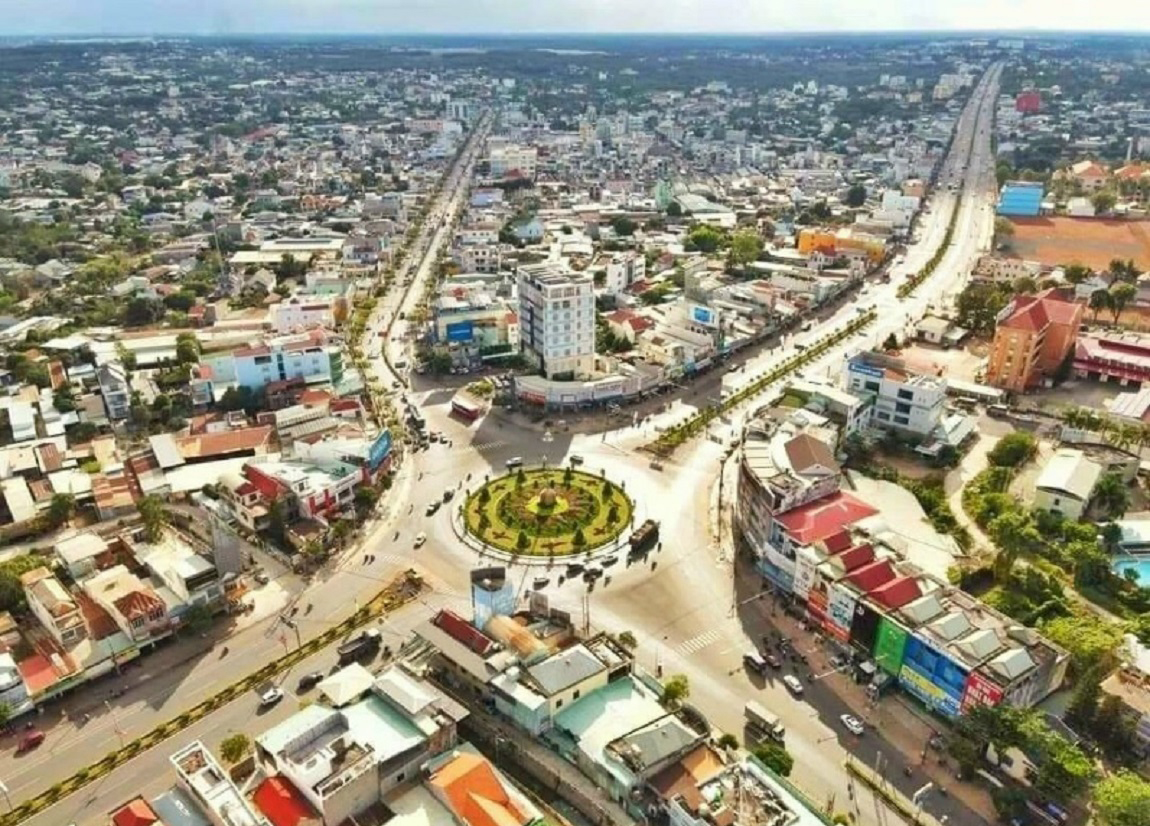
Move
The center of Binh Phuoc is Dong Xoai city, about 120 km from Ho Chi Minh City. Binh Phuoc is a province with National Highways 13 and 14 passing through in two directions, so to travel to Binh Phuoc, you can choose means of transport such as cars, buses, motorbikes depending on the destination and starting point.
Bus tickets from Ho Chi Minh City to Binh Phuoc, departing from Mien Dong bus station to Dong Xoai city, Phu Rieng district, Bu Dang district, Phuoc Long town, Bu Gia Map district by bus companies such as Thanh Cong, Kim Manh Hung, Mai Huy Thanh, Petro Binh Phuoc. If going to Loc Ninh district, Binh Long town, Chon Thanh town, Hon Quan district, Bu Dop district, you can choose bus companies such as Hoang Yen, Ut Linh, Thien Bao Phuc, Nhat Truong. Bus ticket prices range from 100,000 to 180,000 VND per person, travel time is about 3-4 hours.
If you want to take the initiative in time and freely stop to rest, visitors should go by private car, motorbike or rent a private car from Ho Chi Minh City following Highway 14 to Dong Xoai or following Highway 13 to Loc Ninh, Binh Long, Hon Quan. The road is convenient.
Accommodation
There are many accommodation options in Binh Phuoc. Bom Bo Hotel, An Loc Spa & Hotel, My Le are highly rated establishments. Room rates range from 550,000 to about 3.4 million VND per night. Some motels or 1-2 star hotels in Dong Xoai city have prices ranging from 150,000 to 500,000 VND per night.
If you want to immerse yourself in nature, you can contact the Center for Propaganda, Tourism and Rescue Conservation of Bu Gia Map National Park to book accommodation services (sleeping in a room or camping in the middle of the forest), the accommodation price per person is 100,000 VND per night.
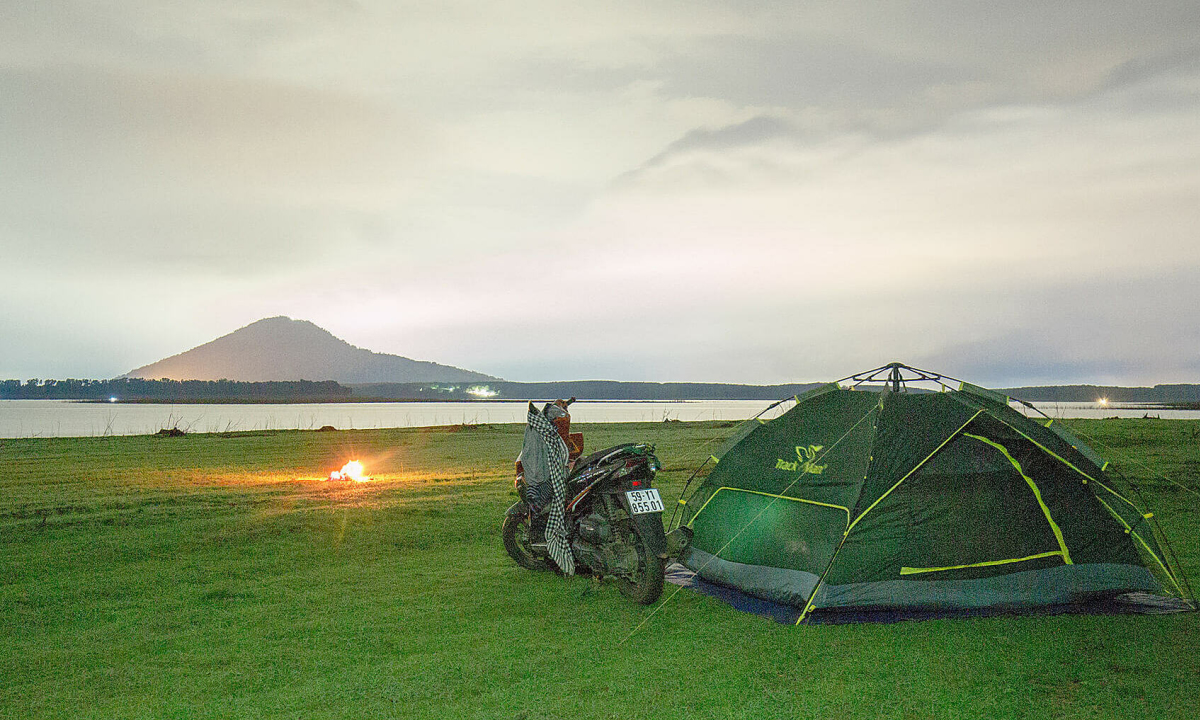
Where to play
From the center of Dong Xoai city, within a radius of about 80 km, Binh Phuoc has many places to explore. The nature here is beautiful with many waterfalls, national parks, diversity in indigenous culture and historical relics. Therefore, it is recommended to divide the tour routes into about 3 days 2 nights, or longer to fully explore.
Bu Gia Map National Park
Bu Gia Map National Park (Bu Gia Map District) is located in the northeast of Binh Phuoc Province, about 90 km from Dong Xoai City according to TL741. Bu Gia Map is located in the lowlands of the southern Central Highlands, with the highest mountain peak 700 m above sea level. In addition to storing many rare genetic species with rich flora and fauna, this is also a suitable destination for those who love adventure and wild nature.
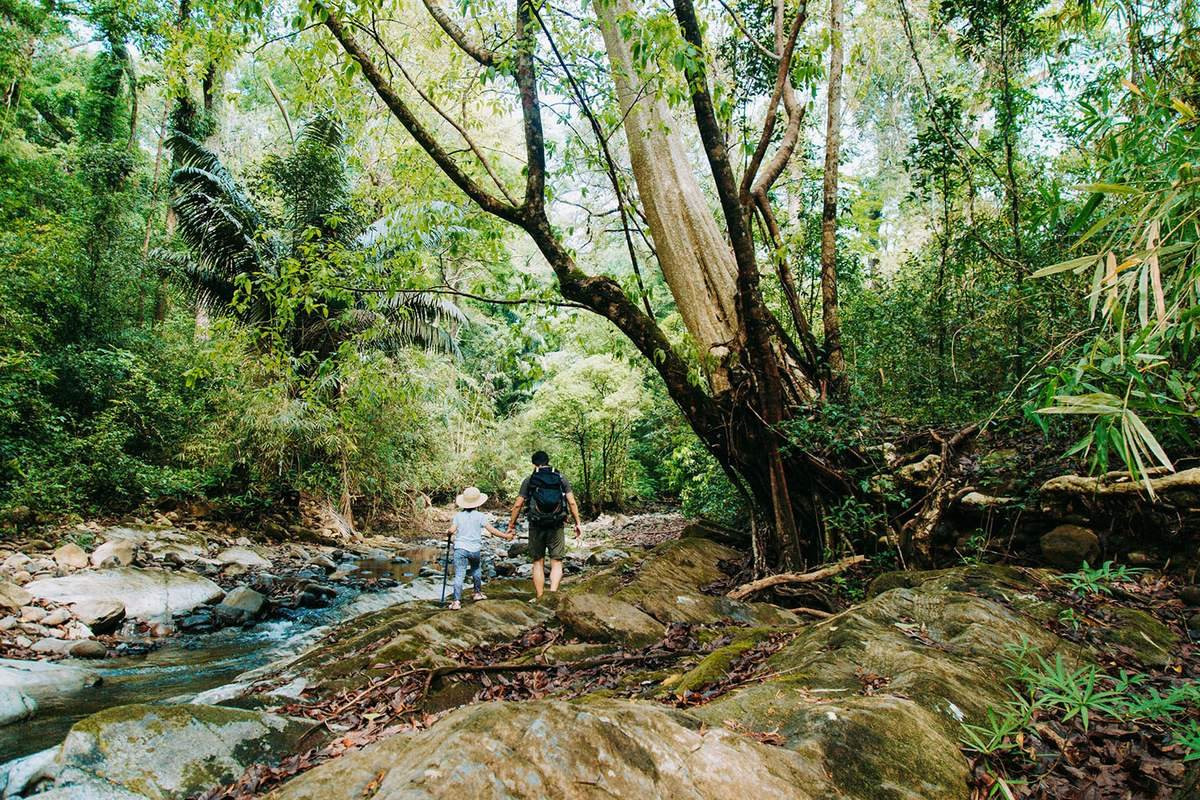
To explore the national park, you need to spend at least 2 days and 1 night. This time is enough to experience many places such as Dak Mai waterfall, Hoa Mai lake, visit heritage trees, immerse yourself in nature, visit the relic of the end point of the North-South oil pipeline. The evening is a suitable time to organize cultural exchanges, enjoy unique dishes of the Stieng people and go hunting for animals at night in the forest.
>> See more: Trekking two days one night in Bu Gia Map
Ba Ra Mountain
Located at an altitude of 730 m above sea level, Ba Ra Mountain is considered the third highest mountain in the South, after Ba Den (Tay Ninh) and Chua Chan (Gia Lao Mountain, Dong Nai). Ba Ra is located in Son Giang Ward, Phuoc Long Town, about 50 km from Dong Xoai City, and is the destination of many trekking trips. The Stieng people call this mountain "Bônom Brah" which means "God Mountain". The air here is fresh and the scenery is very beautiful. From the top of the mountain, you can see the surrounding areas or Thac Mo Lake at the foot of the mountain.
Rubber forest
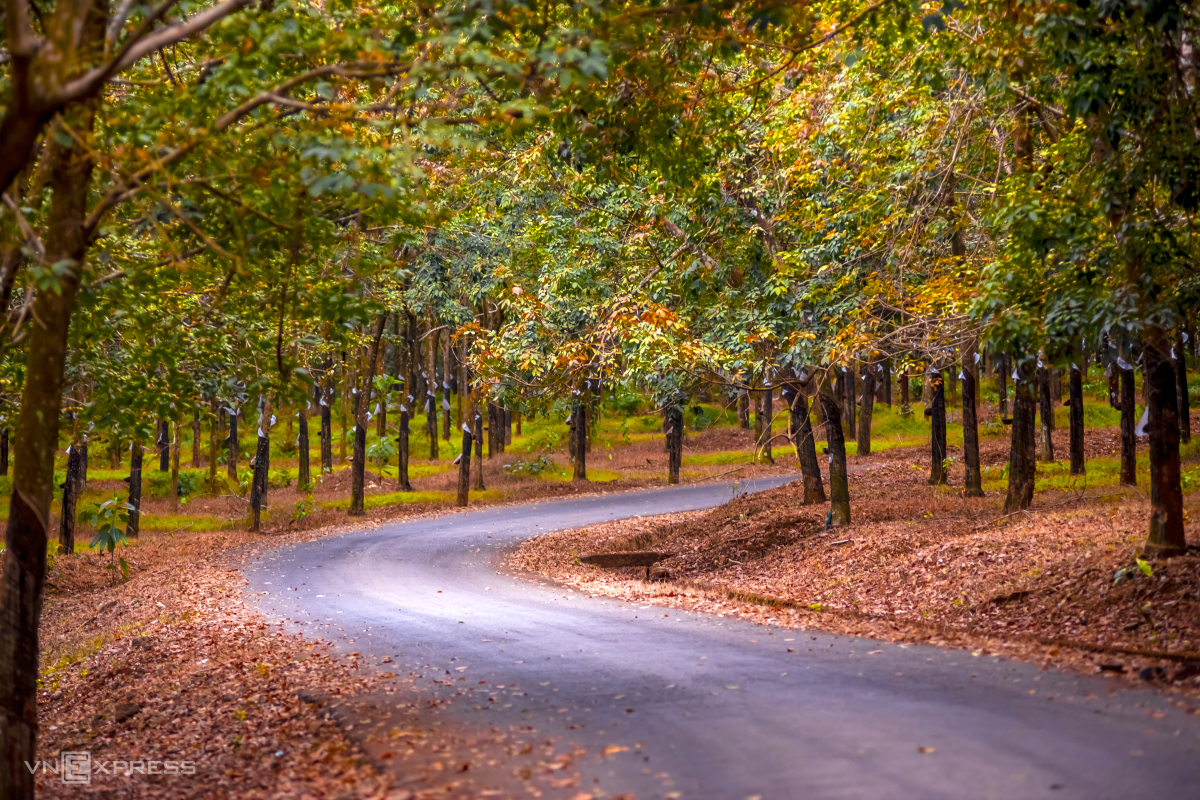
Binh Phuoc is known as the rubber capital, so visitors can see rubber forests everywhere. Rubber trees are planted among young and old forests, creating a vast strip of land like an oil painting with all colors from light green, dark green to yellow. Around the end of the year, visitors can come here to have a picnic, sit on the thick, soft carpet of dry leaves, watch the yellow leaves fall and take beautiful photos.
Big Soc Pagoda
Soc Lon Pagoda is located in Soc Lon Hamlet, Loc Khanh Commune, Loc Ninh District, about 10 km from the center of Loc Ninh Town. This is the oldest Khmer pagoda in Binh Phuoc, built in 1931, with an area of over 1,200 m2. At the pagoda, visitors will have the opportunity to learn about the spiritual life of the indigenous people and experience many cultural activities and traditional festivals of the Khmer people. The pagoda is considered a "museum" that helps you have a comprehensive view of the customs, practices, religions, and cultural history of the Khmer people.
Squirrel Bomb Bo
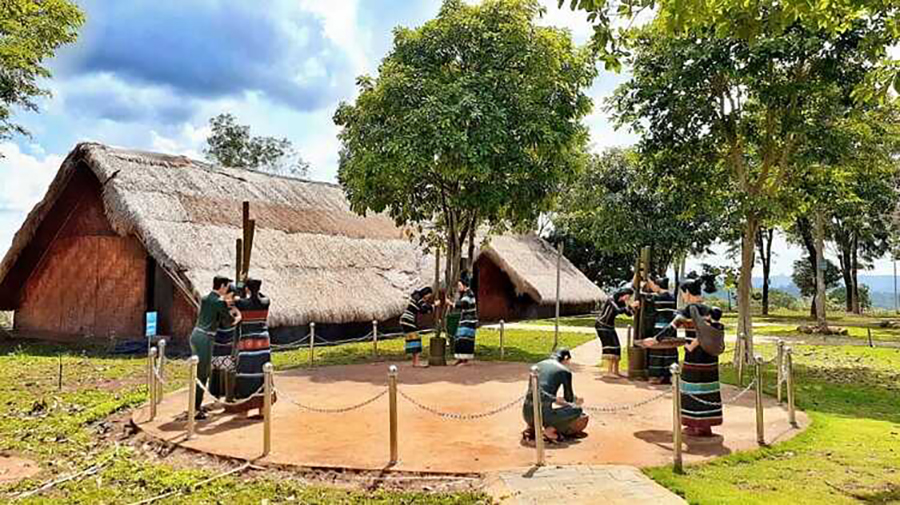
Soc Bom Bo (Binh Minh commune, Bu Dang district) is well known through the name of the famous song "The pestle on Soc Bom Bo" by the late musician Xuan Hong. From Dong Xoai city, visitors follow National Highway 14 towards Bu Dang about 50 km. Soc Bom Bo with the rice pounding rhythm of the Stieng people has entered poetry and history. Coming here, you will learn more about the life of the Stieng people and recall the old days with the sound of gongs, the sound of rice pounding in the firelight, traditional long houses, village restoration areas and typical dishes.
Ta Thiet Base
Ta Thiet Base (Headquarters of the Liberation Army of South Vietnam) is a national historical site in Loc Thanh Commune, Loc Ninh District, covering an area of 3,500 hectares. During the resistance war against France and the US, the base was built on a large scale, with a system of tunnels, trenches, stations, workshops, and classrooms built solidly, ensuring good training and combat. The base was the largest gathering point for troops from the North to the South to prepare for the Ho Chi Minh Campaign. Ta Thiet is considered a revolutionary red address, a source tourism destination for cadres, soldiers, and people of Binh Phuoc Province in particular and tourists nationwide in general.
My Le Park
With an area of about 50 hectares, My Le Forest Park (Long Hung Commune, Phu Rieng District) has a space between mountains, hills and lakes, convenient for transportation when only about 30 km from Dong Xoai City. Coming here, you will have a real experience in fruit gardens, oolong tea hills. Especially, in the harvest season, you can pick rambutan, grapefruit, mangosteen... Visitors will take the train to enjoy the scenery of the tea hills or ride a bicycle, ride a buffalo cart and enjoy sweet fruits, see the animal cake garden with many varieties.
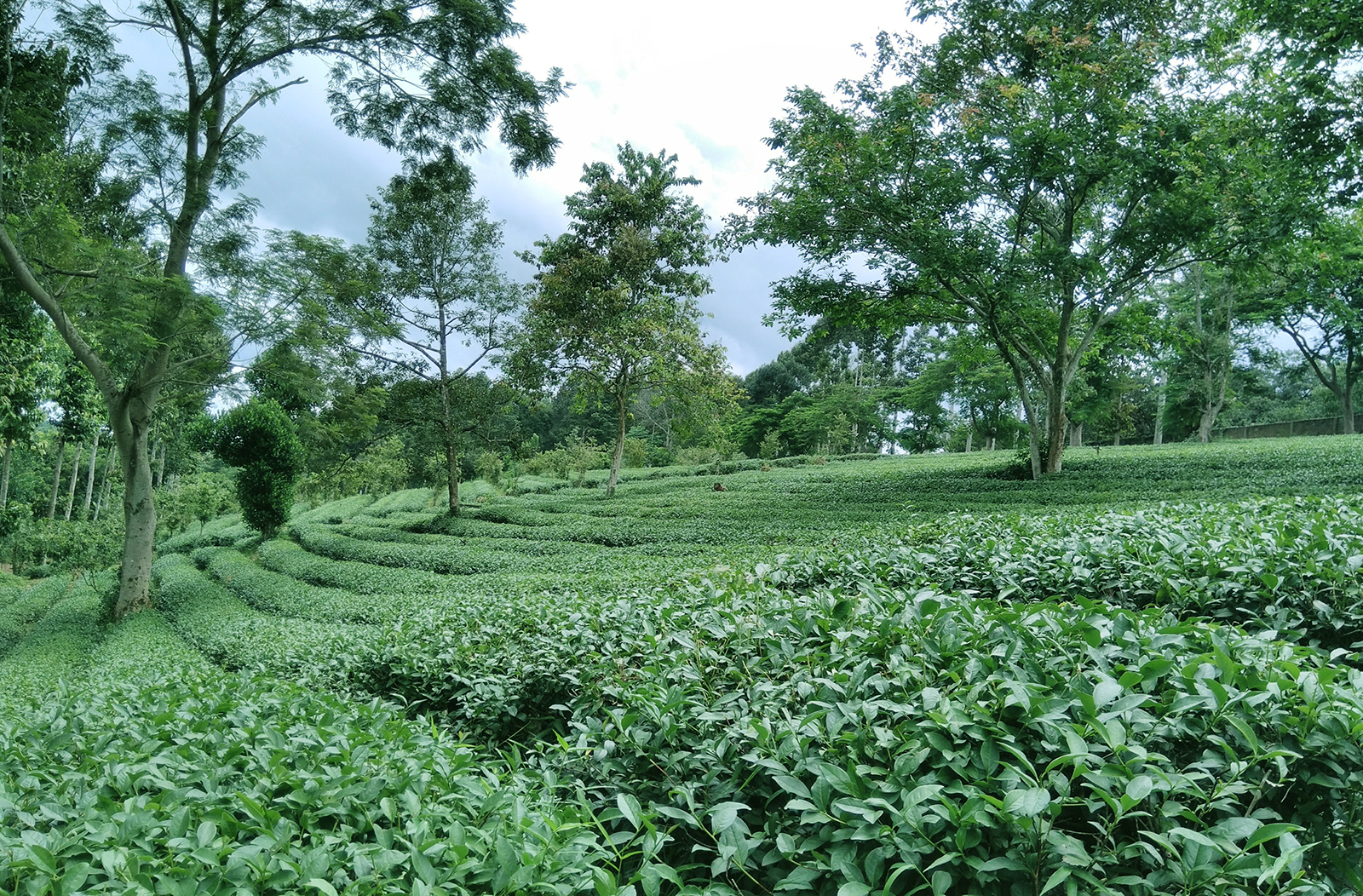
Bu Lach grassland
The grassland is located in Dong Nai commune, Bu Dang district, between mountains, forests, waterfalls and streams with an area of about 500 hectares. In the middle of the grassland is a large lake, surrounded by vast primeval forests. According to the local language, the word "lach" in the M'nong language means grassland, and in the grassland there is a pond, so it is called Bau Lach, which is mispronounced as Bu Lach. Visitors coming here will admire the green grassland mixed with the purple color of sim flowers. The quiet space, with the rustling wind mixed with the sound of forest birds will help you feel comfortable and relaxed. In the near future, Bu Lach grassland will be planned into an eco-tourism area.
Can Don Hydroelectric Reservoir
Located in Bu Dop district, the factory has a lake area of nearly 36 km2. Can Don lake seen from above looks like a winding dragon. Can Don hydropower project has a 44 m high dam blocking the river with a length of 1,130 m, roof width of 7 m. The spillway has a reinforced concrete structure, 5 spillways. Can Don hydropower plant is a water storage and electricity generation project on the Be river system, the main upstream is Thac Mo hydropower plant. With a large lake area, along with beautiful flooded forest landscape, this place has developed additional lake tourism and net fishing.
Yen Son Ha Island Tourist Area
Yen Son Ha Island (Tan Phu town, Dong Phu district) is an eco-tourism area of about 10 hectares covered with a layer of green forest creating a cool atmosphere. In addition to the beauty of natural scenery, there are many other games suitable for tourists to bring children to play and experience such as swimming pool, visiting the island of raising swallows, animals and lotus ponds upstream by canoe, playing boat and pedaling ducks, visiting the statue garden, cultural heritage gallery.
The waterfalls
Elephant Waterfall is located in the Bu Lach grassland ecological complex. According to long-time residents, in the past, this area had many dead elephants, their bones piled up to form hills, hence the name Elephant Waterfall. With a height of about 15 m, the waterfall is likened to a fairy with long hair. The road to Elephant Waterfall is quite small, bumpy, following the hills. However, after reaching the waterfall, you will be able to admire the poetic and romantic beauty.
Dak Mai Waterfall is one of the quite wild attractions, in Bu Gia Map, adjacent to the National Park. The waterfall is about 50 m wide and 12 m high. To reach this waterfall, you have to cross steep hills. On the water surface is a layer of rocks with uneven shapes and sizes, quite flat due to the erosion of the waterfall. When walking on the rocks, you feel like you have to feel each step.
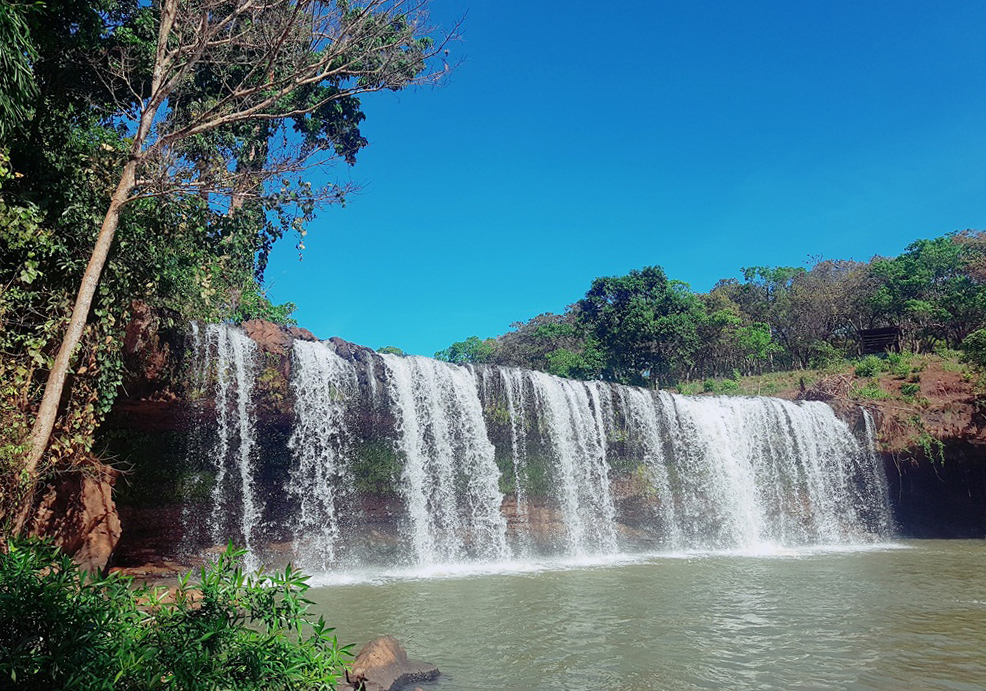
Standing Waterfall is endowed by nature with unique tectonic features and is considered one of the most beautiful waterfalls in the province. The waterfall is about 5-6m high and about 10m wide, but has a fast, strong flow down the rocks, creating white foam. Below the waterfall are many large rocks and on both sides are lawns and tree canopies. These rocks are also arranged one after another to form a path for visitors to cross both sides of the bank on rainy days when the water flows lightly.
Quang Minh Pagoda
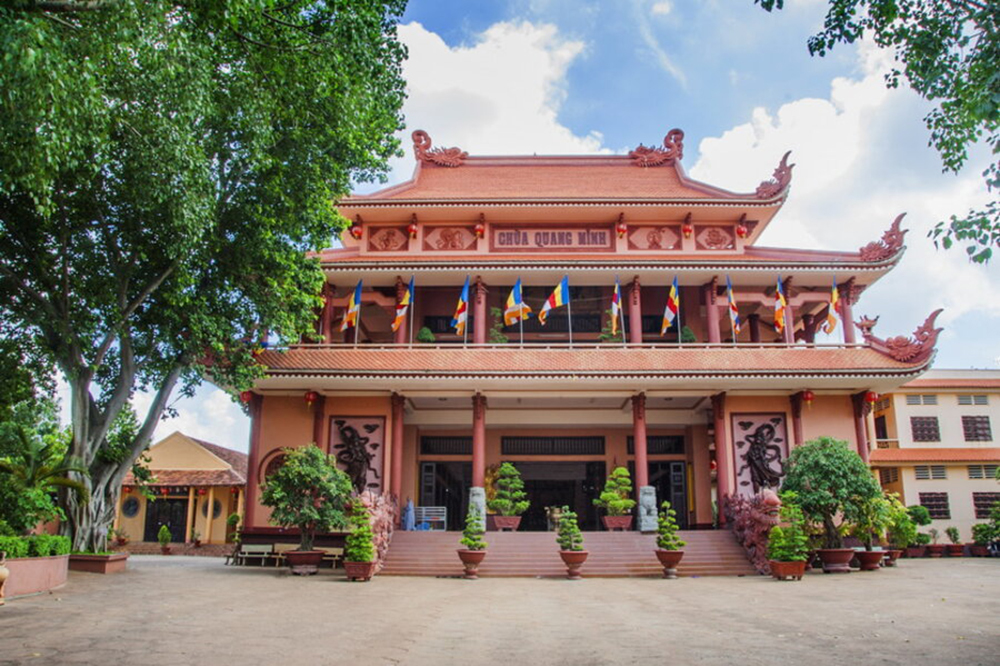
Quang Minh Pagoda is located on a high mound with a large three-door gate in neoclassical architecture, right on Highway 14, in Tan Dong Ward, Dong Xoai City. The pagoda was started to be built around 1950 and was restored in 1990. The pagoda impresses from its appearance with its ancient features and characteristic red tiled roofs. On top of the Quang Minh Pagoda tower hangs a large bell with the idea that the bell's sound brings peace to everyone.
Eat and drink
Binh Phuoc is home to many different ethnic groups, so traditional dishes are diverse, combining many types of ingredients, demonstrating community solidarity.
Free range pork
This is a specialty of Bom Bo squirrel (Bu Dang district). This is a type of pig that is raised free-range, without processed food, so the meat has almost no fat, is sweet and chewy, and is often raised by the Stieng people. The meat can be processed into many dishes such as grilled, fake dog meat, steamed. Grilled pork is served with green banana, raw vegetables, especially wild vegetables.
Cashew salad
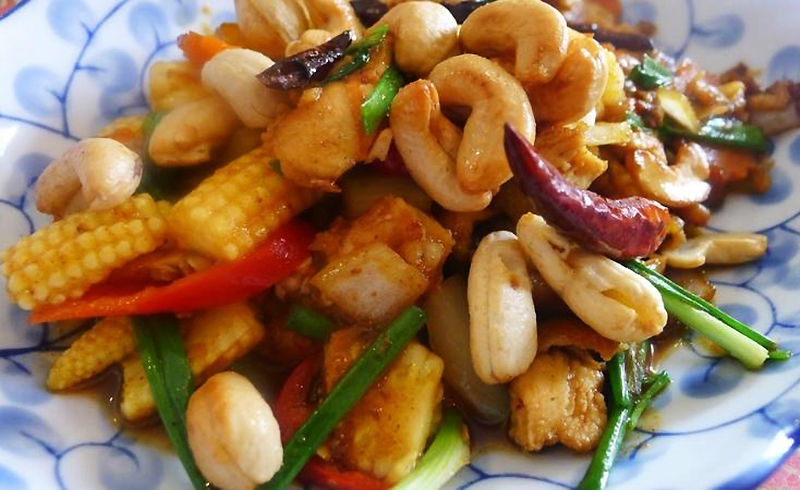
A dish that you must try when coming to Binh Phuoc is cashew salad. Cashews replace peanuts, combined with pork belly, shrimp and herbs, creating a salad with balanced flavors, delicious and refreshing. This is also a popular dish, each dish ranges from 30,000 to 50,000 VND depending on the restaurant.
Bamboo rice
This is a popular dish of most ethnic people living in Binh Phuoc. Rice (ordinary or sticky) is put in bamboo tubes, reeds or bamboo mixed with beans to enhance the flavor. The bamboo tubes chosen for cooking are not too young or too old. After the rice is cooked, let it cool, visitors peel off the skin to keep the "bamboo coat". When eating, just cut into small pieces, dip with peanut salt, sesame salt. Bamboo rice has the natural sweetness of rice mixed with the aroma of bamboo.
Bamboo shoot fish noodle
This dish represents the combination of many flavors from nature, but the most prominent is the bitterness of wild rattan shoots. In particular, when eating, diners must serve it with watercress and cabbage, adding a little green chili mixed with the fatty taste of catfish, the rich taste of watercress, and fresh, crispy cabbage to reduce the greasy taste.
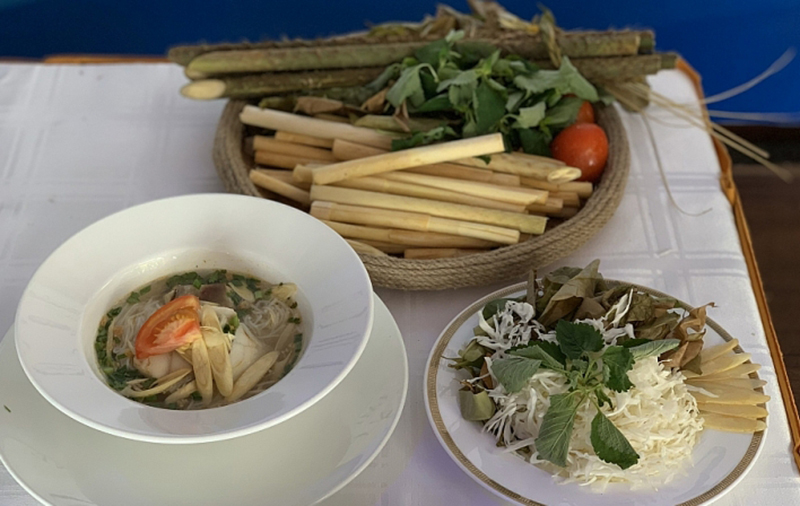
Cicada milk
This is considered a rare specialty dish, harvested by people to process into dishes and serve guests. In the summer, cicadas live a lot on cashew and rambutan trees. When it gets dark, the cicadas molt from larvae to adults and this process is very short. After only about 30 minutes of molting, the wings dry up and become hard, making them not tasty to eat. And these moulting cicadas are called milk cicadas. Milk cicadas can be cooked into porridge, fried in flour, stir-fried with onions, but the best is still fried crispy.
Specialty
Binh Phuoc is famous for its gifts which are specialties of the red basalt land, known to visitors as the capital of cashew nut cultivation with large export area and output. This is also a product worth buying as a gift.
Coffee is not only famous in the Central Highlands, but in Binh Phuoc, this product is also highly appreciated for its characteristic aroma and rich flavor. Diners can buy weasel coffee, pre-ground coffee or whole bean coffee.
Tan Thanh tangerines have a sweet and slightly sour taste. The tangerines here are advertised as being grown using high-quality processes, without using much fertilizer or pesticides, so they are suitable as gifts.
Binh Phuoc is also famous for jackfruit, especially the turmeric jackfruit in Loc Ninh district because of its high yield, thick, fragrant segments.
Nguyen Nam
Source link





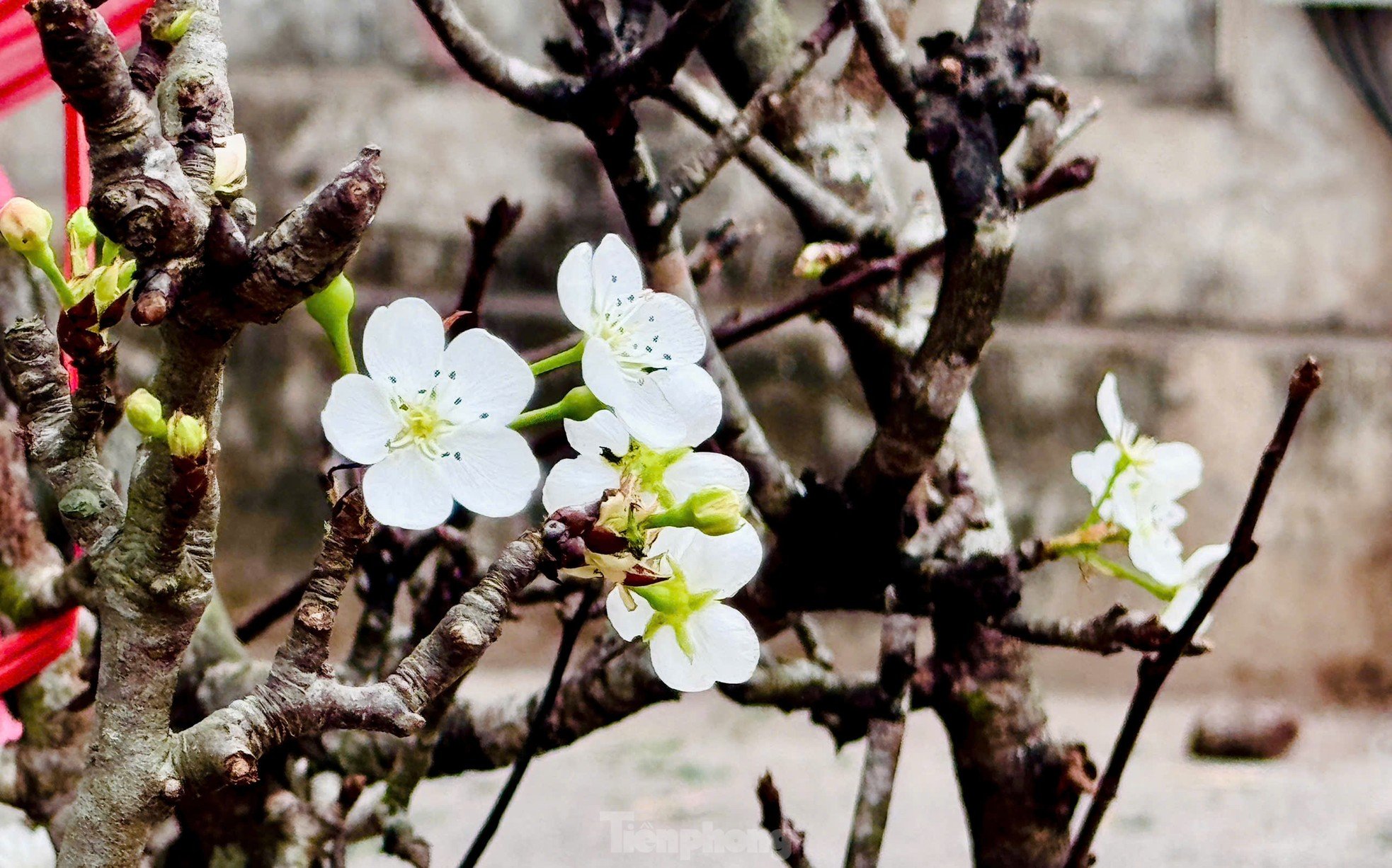
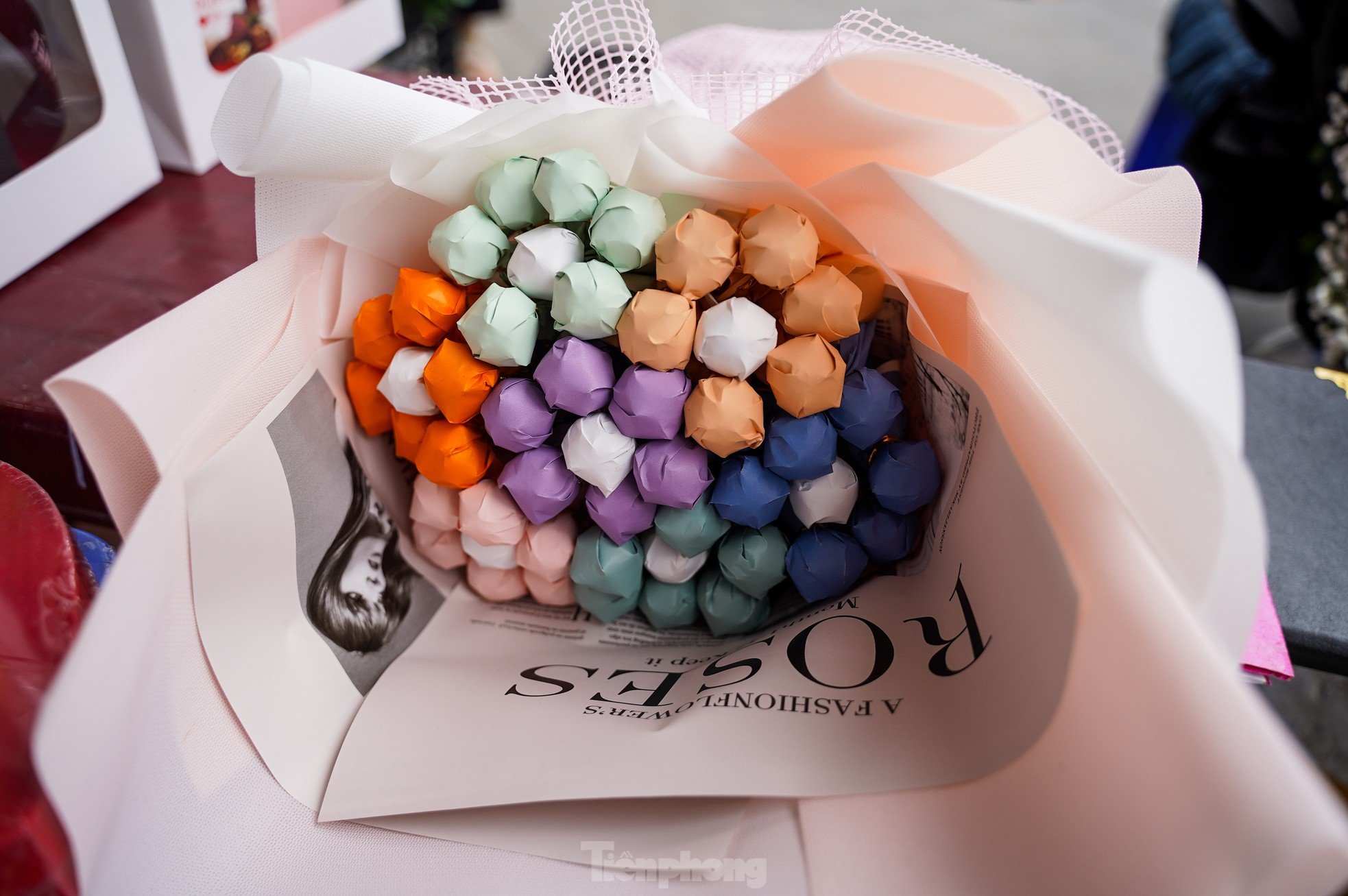
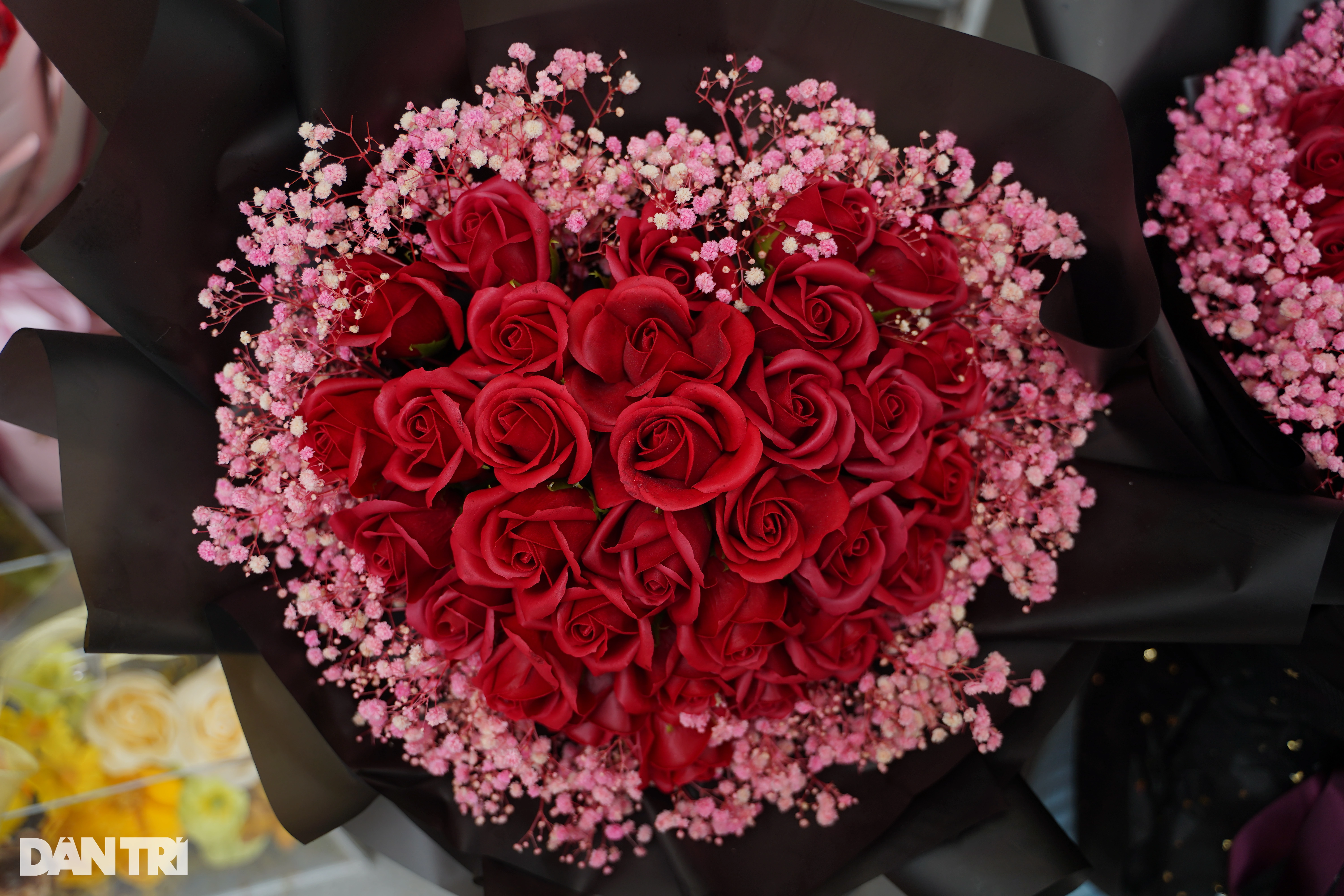
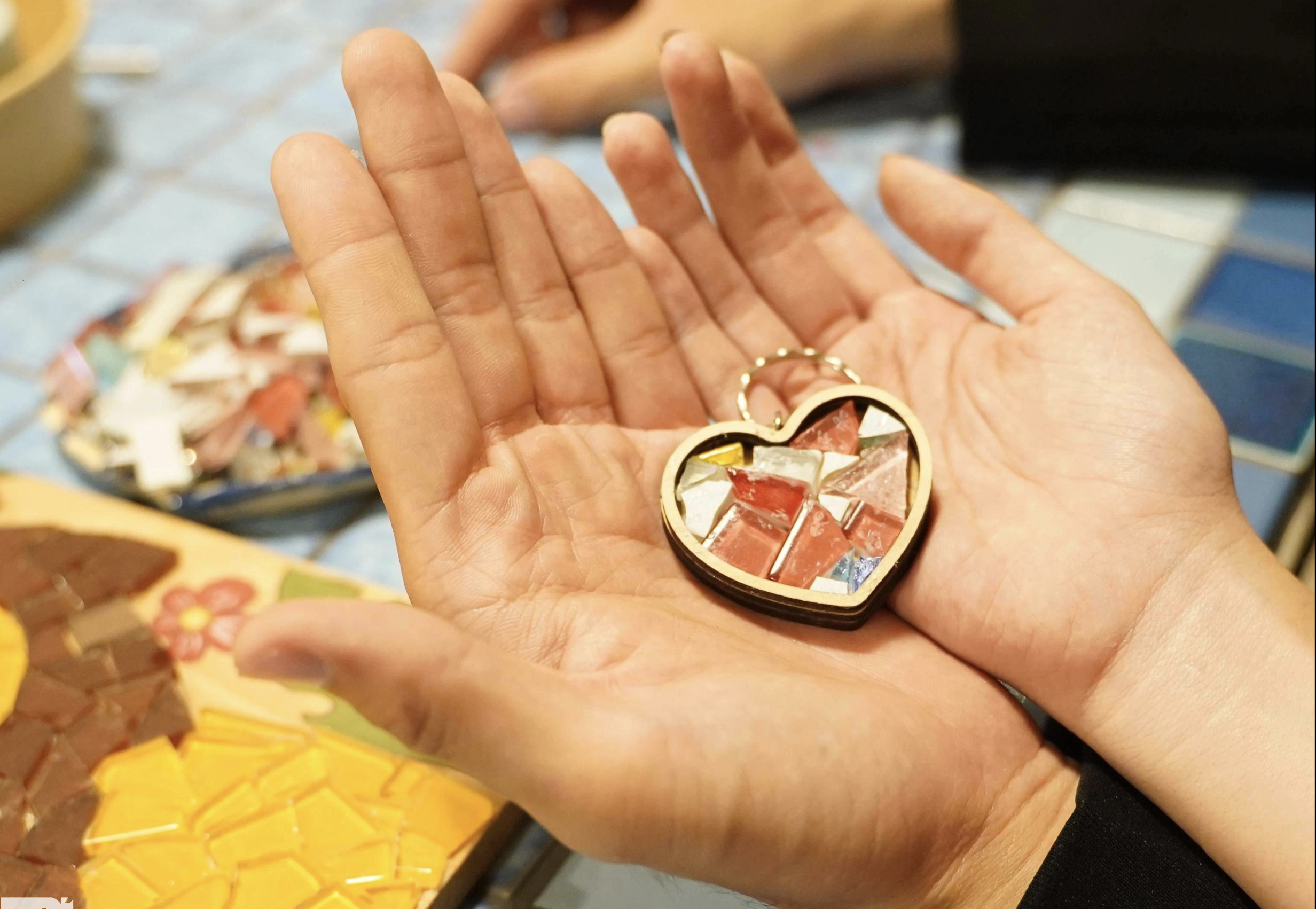
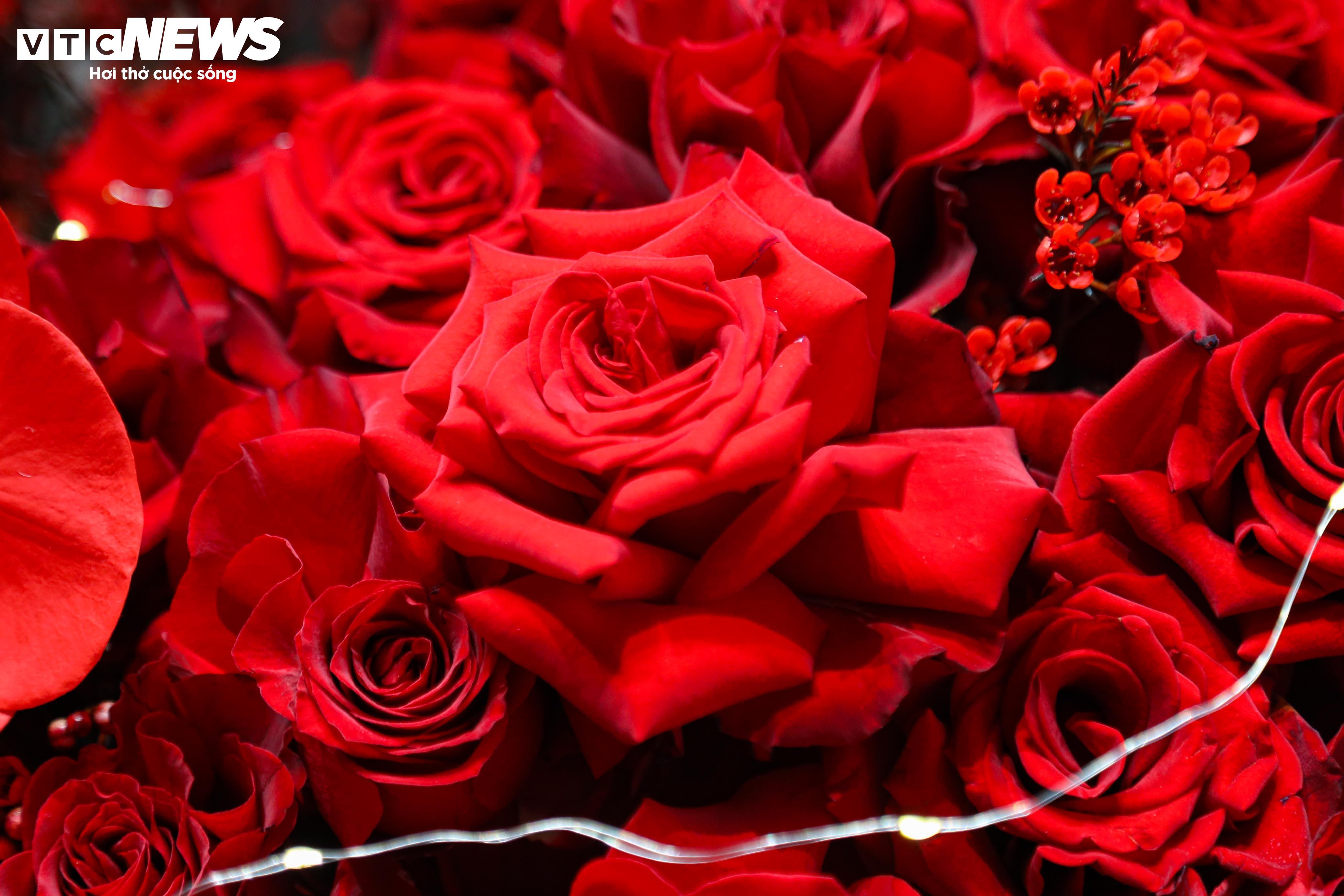






















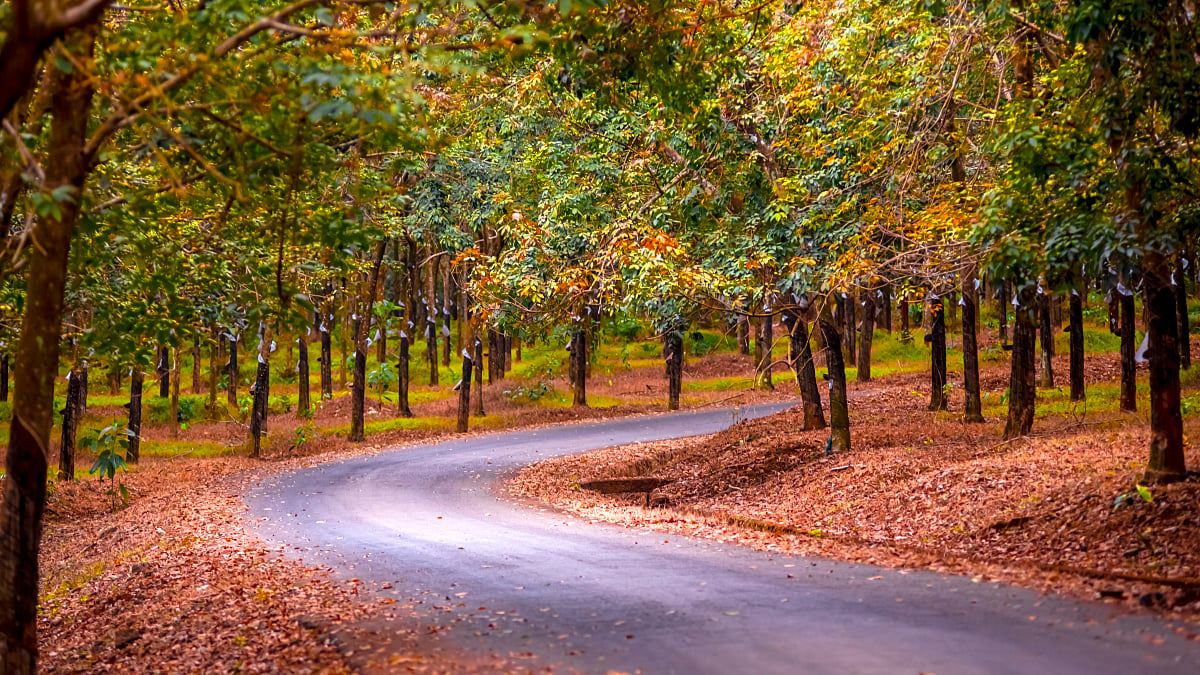
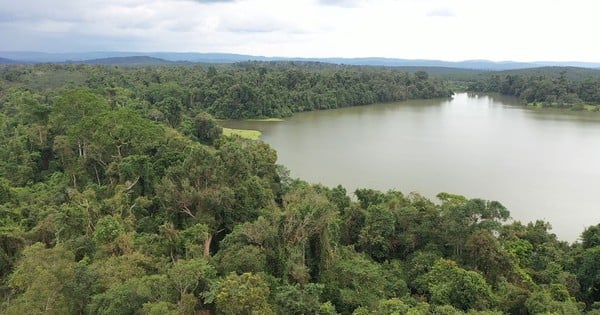

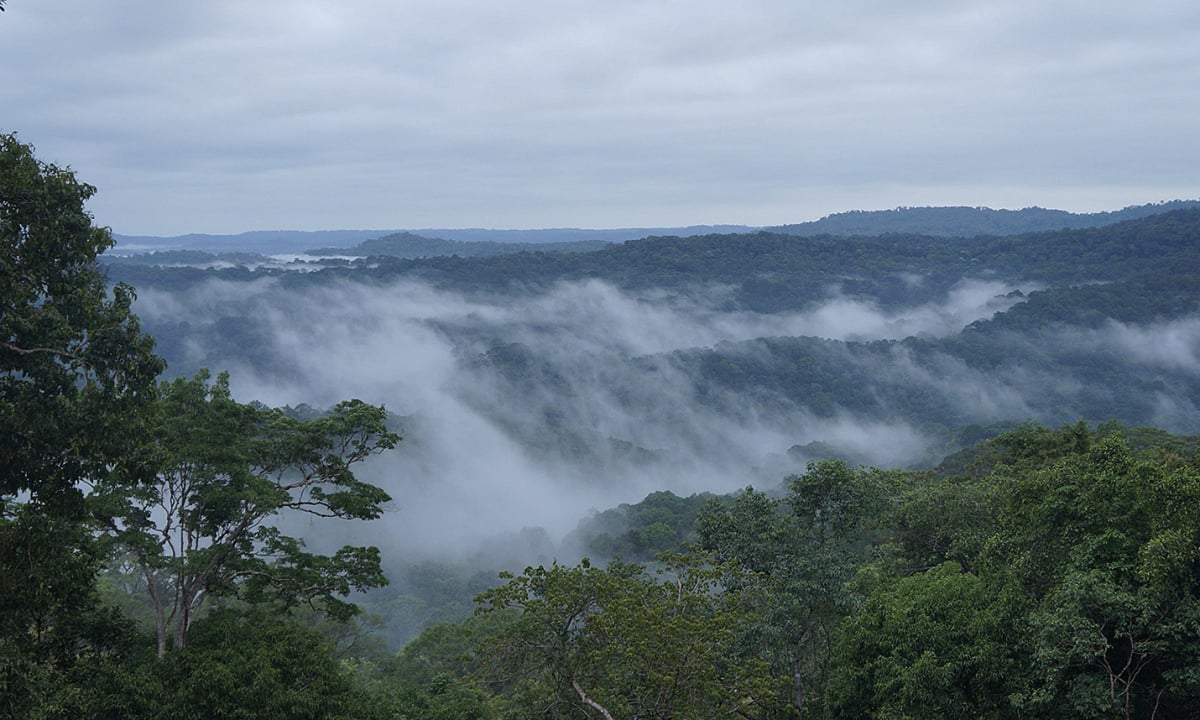


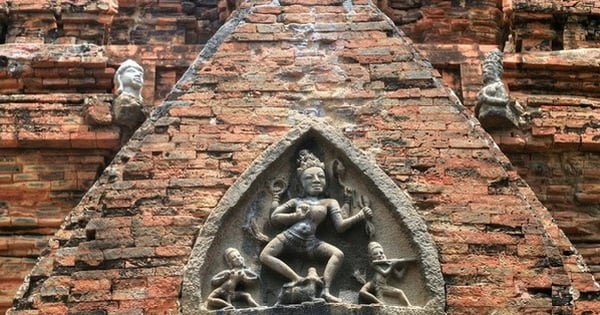
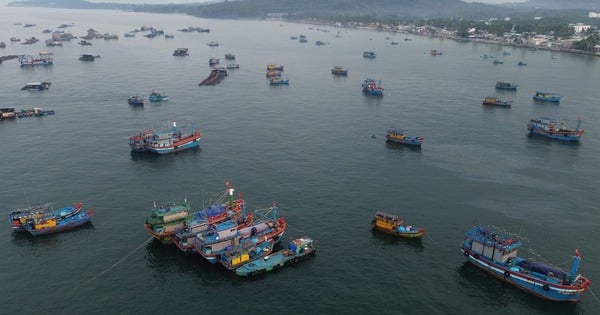

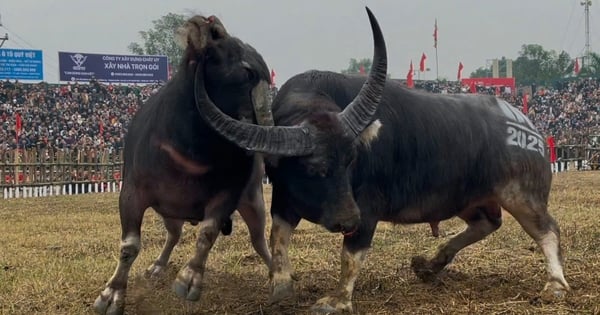
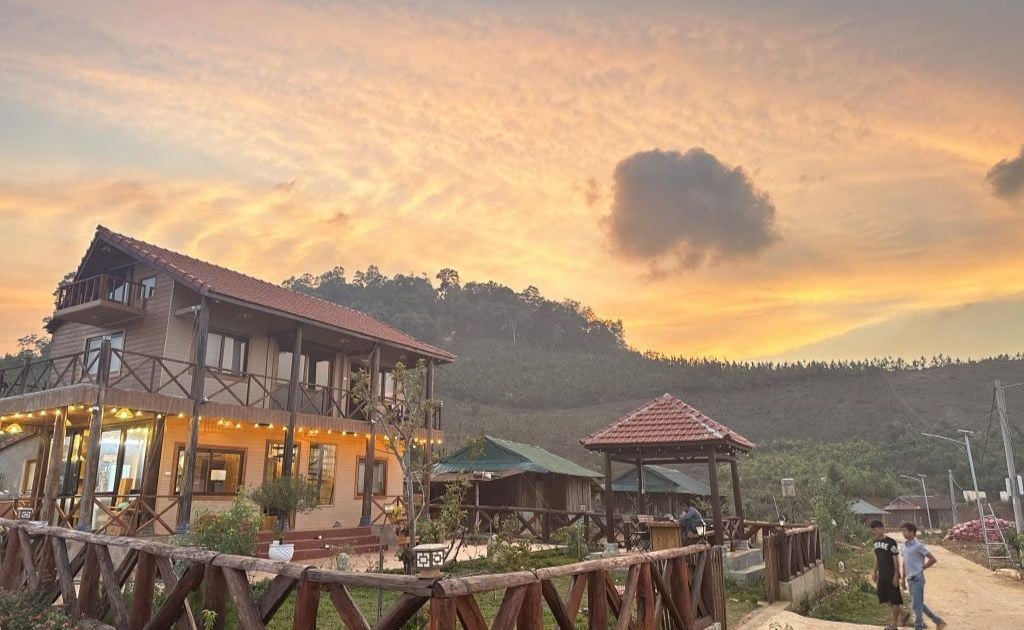







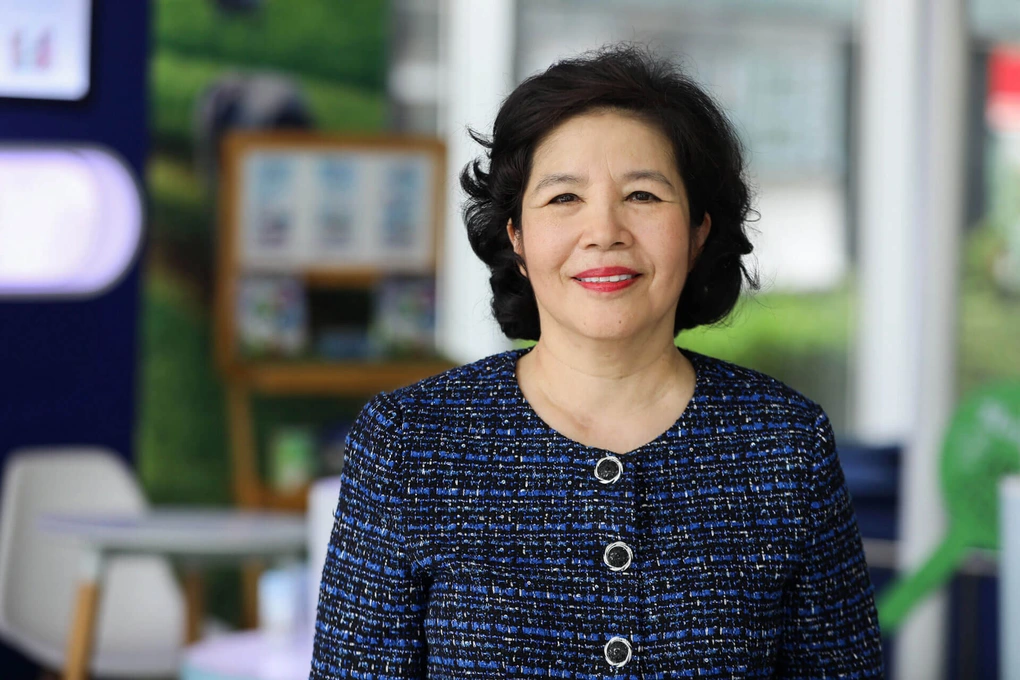

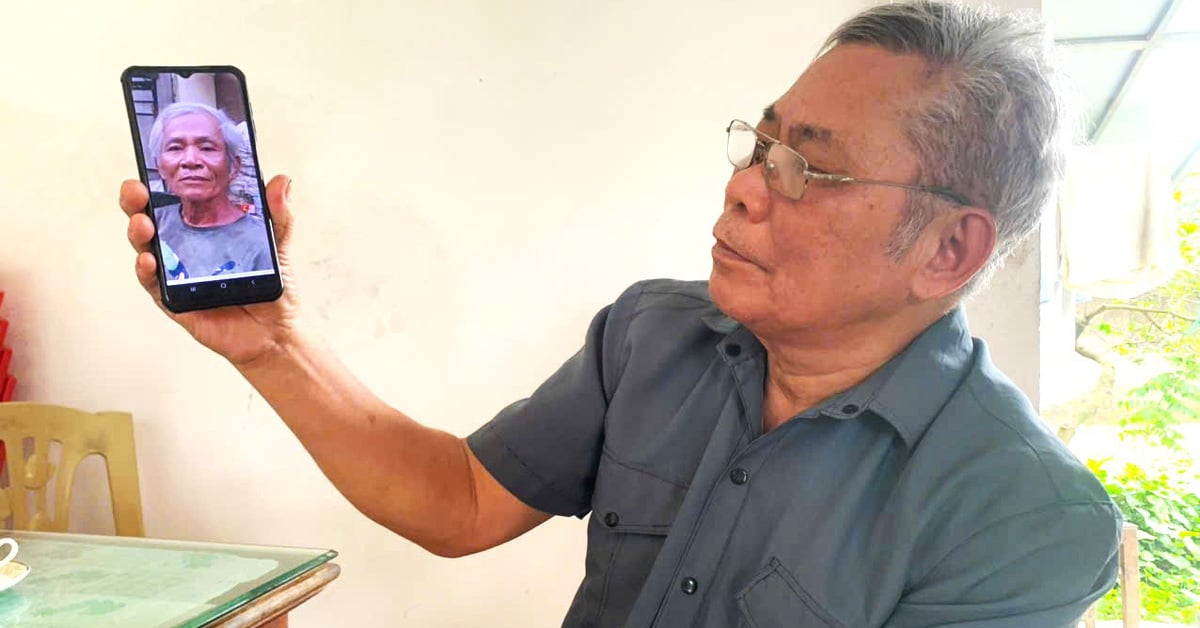

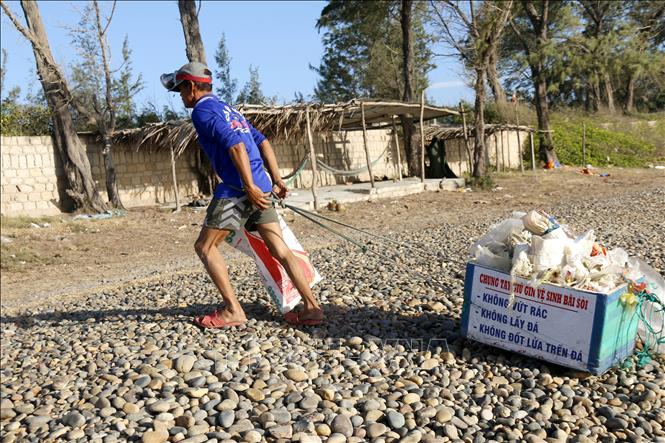


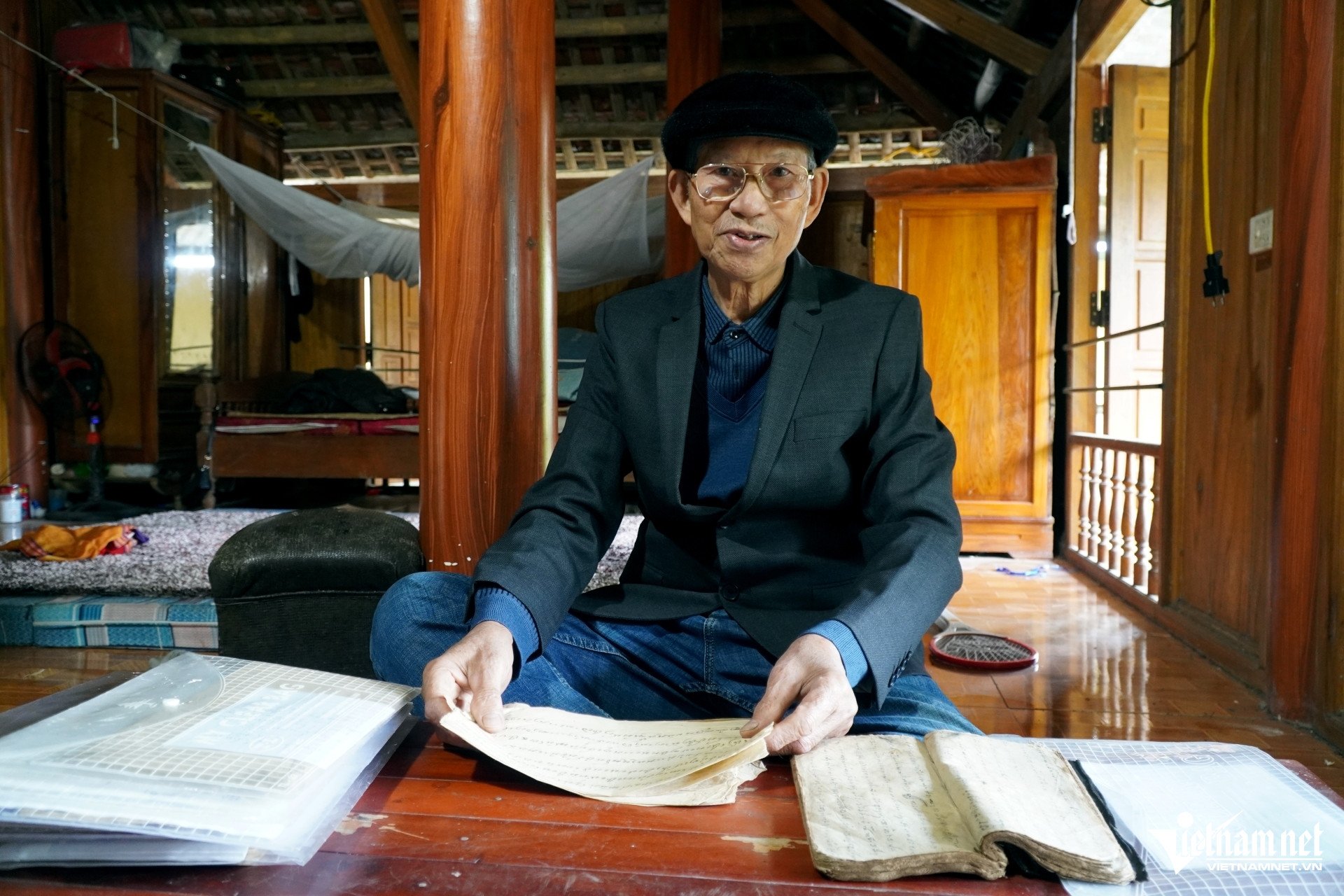

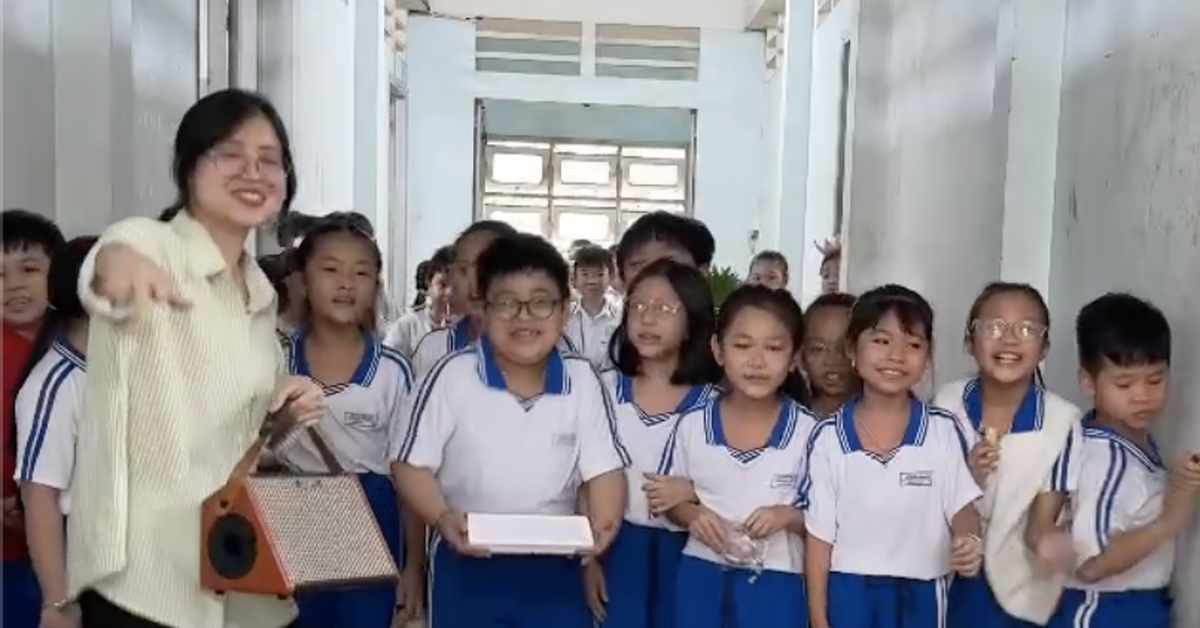



Comment (0)